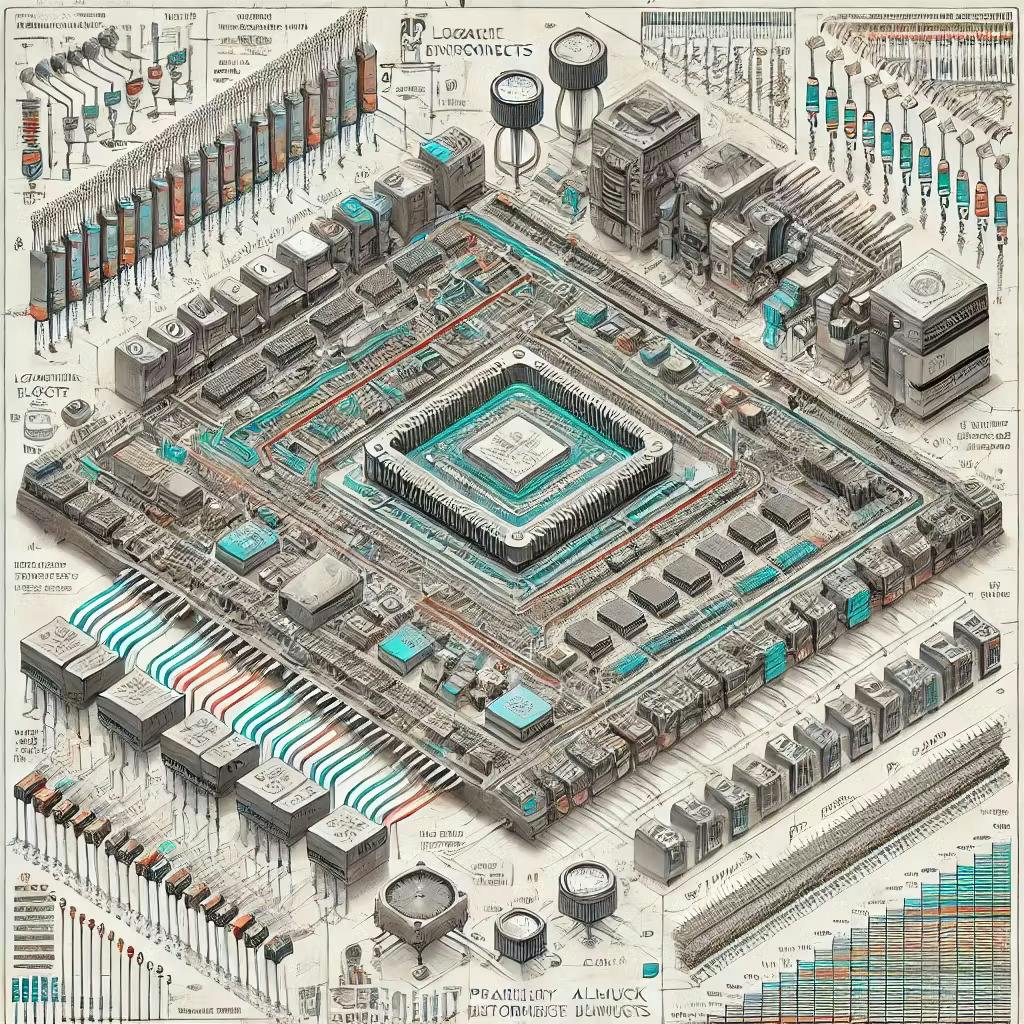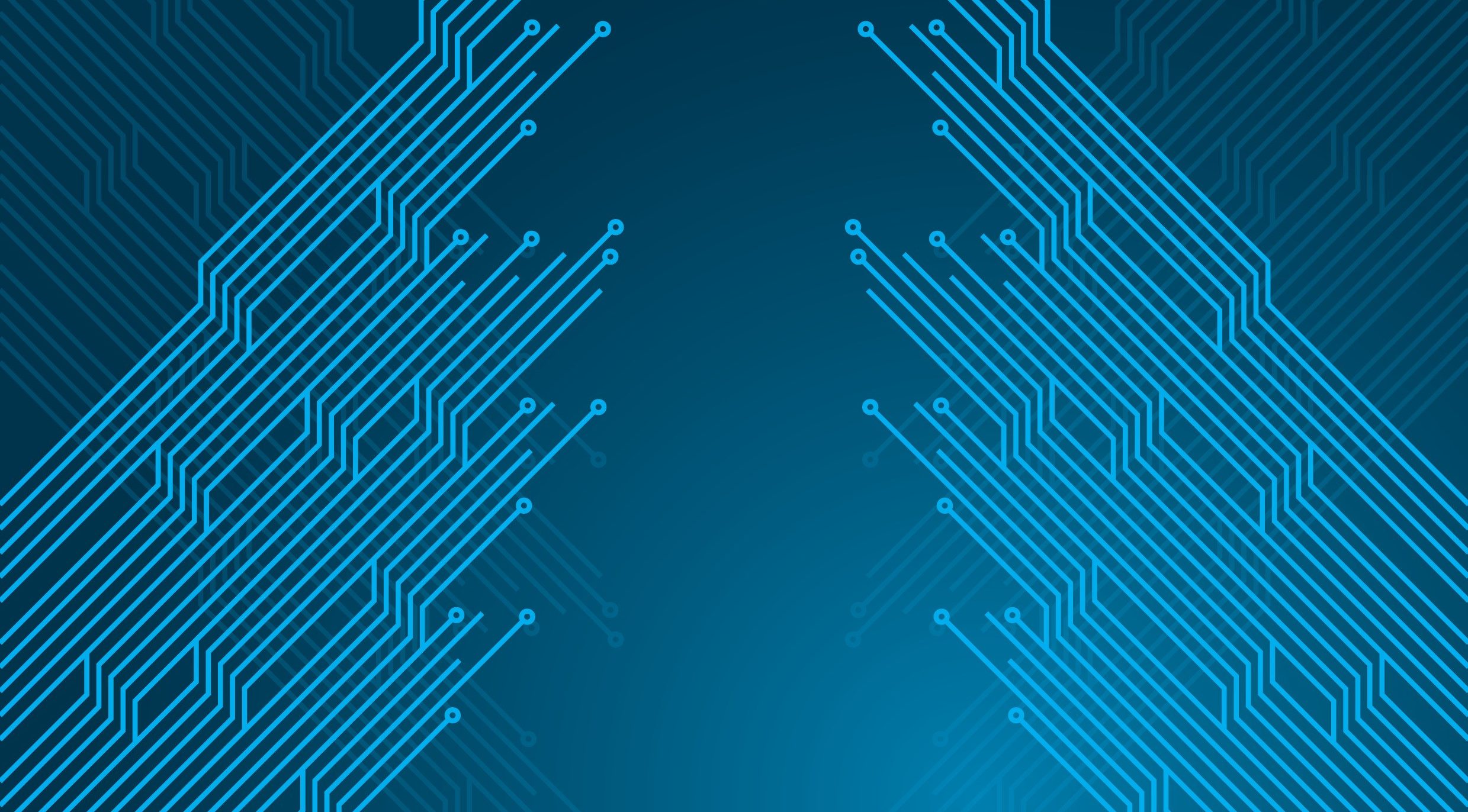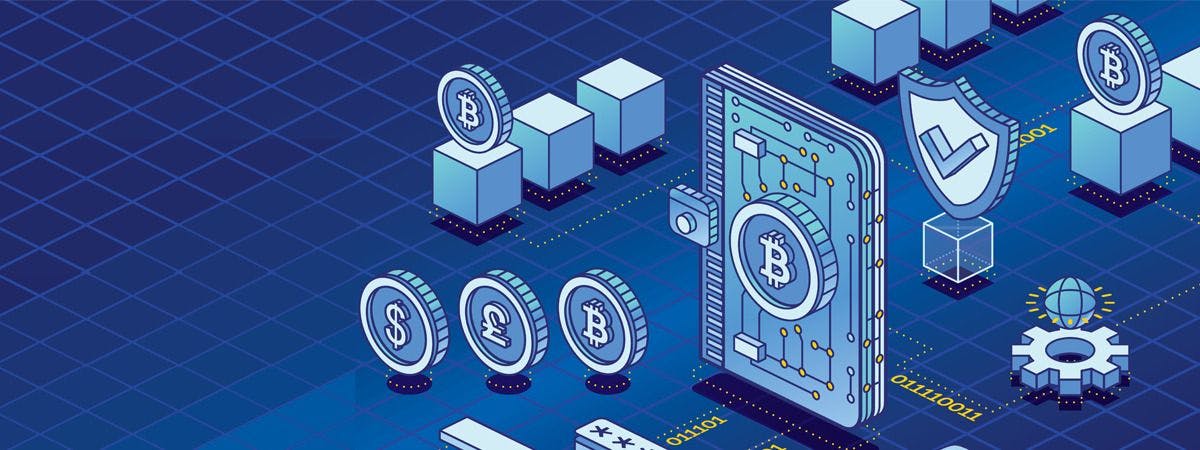In Part 1, we explored Digital Quantum Coprocessors and the fundamentals of digital qubits. This article will cover:
- The architecture of digital quantum coprocessors
- Performance characteristics
- The future potential of this technology
For a better understanding, I recommend reviewing key concepts from Part 1.
Homogeneous vs. Heterogeneous Coprocessors
There are two types of digital quantum coprocessors:
Homogeneous Coprocessor
- Utilizes a single PRNG and comparator shared across all qubits
- More resource-efficient and simpler to implement
Heterogeneous Coprocessor
Homogeneous coprocessors are more scalable for quantum simulations without the complexity of individual control systems for each qubit. Here we explore only homogeneous coprocessor.
Architecture of Digital Quantum Coprocessors
The coprocessor consists of three core layers:
1. Digital Qubit Layer – Manages state representation and probabilistic behavior;
2. Quantum Gate Layer – Simulates quantum logic operations;
3. FPGA Processing Layer – Handles execution and parallelism.
Digital Qubit Layer
This layer stores and represents qubits, simulating quantum superposition and measurement.
Key Components & Functions:
- Multi-bit Registers – Store digital qubits as a series of bits representing probability states;
- Wave Function Calculator – Determines the probability of a qubit being in state |0⟩ or |1⟩;
- Pseudo-Random Number Generators (PRNGs) – Introduce randomness to simulate quantum behavior.
How It Works
1. Each qubit starts in an initial state (e.g., 100% |0⟩);
2. Operations modify its probability distribution (e.g., Hadamard gate shifts to 50% |0⟩, 50% |1⟩);
3. At measurement, the PRNG generates a random value. If the result is below the stored probability, the qubit collapses to |0⟩. Otherwise, it collapses to |1⟩.
Quantum Gate Layer
This layer simulates quantum-like behavior using classical logic gates.
Key Components & Functions:
- Quantum Logic Gates – Classical implementations of Hadamard, CNOT, and Phase gates;
- Lookup Tables (LUTs) – Precompute the probabilistic outcomes of gate applications;
- Conditional Operations – Modify qubit states based on predefined rules.
Example Transformation: Hadamard Gate on |0⟩
1. Initial State: |0⟩ = 100%
2. After Hadamard Gate: Probability shifts to 50% |0⟩, 50% |1⟩.
3. Measurement: PRNG determines the final state..
FPGA (Field Programmable Gate Arrays) Processing Layer
FPGA is reconfigurable hardware for dynamic quantum circuit simulation. It optimizes execution through parallel processing and provides more performance-boost execution compared to CPU-based simulations. Unlike real quantum computers, which struggle with increasing qubit numbers, FPGA-based solutions can already implement over 1,000 digital qubits.
Key Components:
- Arithmetic Units – Compute the necessary updates to the qubit states after quantum gates;
- Flip-Flops & Registers – Store and update digital qubit states;
- Multiplexers & Logic Circuits – Processing of data across multiple qubits;
- Parallel Processing – Executes multiple qubits simultaneously for faster performance.
How It Works:
1. Quantum gate commands are sent to FPGA logic blocks.
2. The FPGA updates qubit states via:
- Lookup tables for gate applications
- Arithmetic computations for probability updates
- PRNG-based measurement simulations
3. Processed qubit states are stored in registers for further use.
How All Layers Work Together
Step 1: Initialize Qubits
The Digital Qubit Layer initializes a qubit with a probability distribution.
- Example: Qubit 1 starts at 100% |0⟩.
Step 2: Apply a Quantum Gate
- The Quantum Gate Layer applies a Hadamard gate.
- The lookup table updates the probability to 50% |0⟩, 50% |1⟩.
Step 3: FPGA Processing
- The FPGA Processing Layer updates all qubits in parallel based on gate transformations.
Step 4: Measurement Simulation
- A PRNG determines the final qubit state:
- If the random value is below the stored probability, the qubit collapses to |0⟩.
- Otherwise, it collapses to |1⟩.
Step 5: Output & Storage
- The final qubit state is stored in registers for further processing.
Digital Quantum Coprocessors vs True Quantum Computing
|
Feature |
True Quantum Computers |
Digital Quantum Coprocessors |
|---|---|---|
|
Memory & State Retention |
No classical memory |
Uses registers for state storage |
|
Error Correction |
Requires quantum error correction |
Uses traditional checksum methods |
|
Decoherence (loss of ability to maintain superposition and entanglement due to interactions with its environment) |
Affected by quantum noise |
Free from decoherence |
Conclusion
FPGA-based digital quantum coprocessors is a middle-ground between classical and quantum computing. By simulating quantum-like behavior in a digital environment, these systems provide a polygon for experimenting with quantum algorithms, bringing us one step closer to practical quantum computing solutions.










